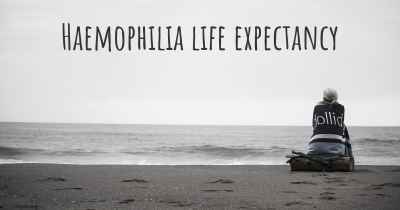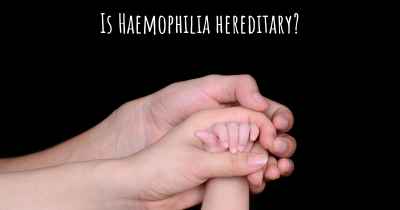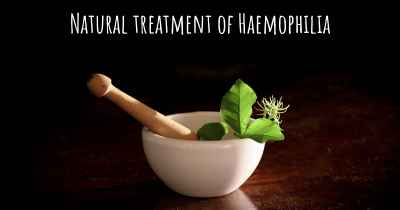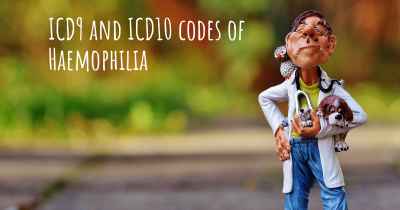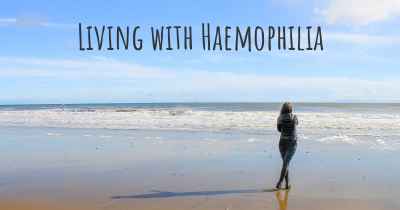Is it advisable to do exercise when affected by Haemophilia? Which activities would you suggest and how intense should they be?
See if it is advisable for people with Haemophilia to practice sports and which ones are the most recommended if you have Haemophilia
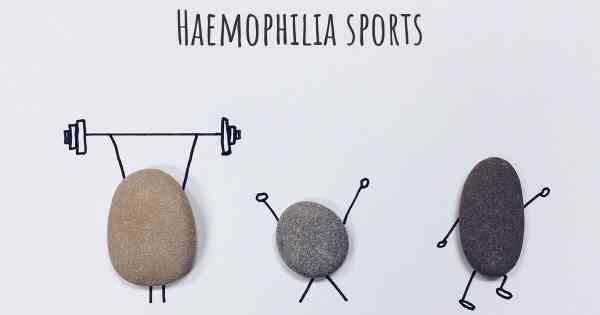
Haemophilia is a genetic disorder that affects the body's ability to clot blood properly. People with haemophilia have a deficiency or absence of certain clotting factors, which can lead to prolonged bleeding and difficulty in stopping bleeding after an injury. Given this condition, it is important for individuals with haemophilia to exercise caution when engaging in physical activities.
While exercise is generally beneficial for overall health and well-being, it is crucial for individuals with haemophilia to choose activities that minimize the risk of injury and bleeding. The goal is to strike a balance between maintaining physical fitness and avoiding situations that could lead to bleeding episodes.
Low-impact exercises are generally recommended for individuals with haemophilia. These activities put less stress on the joints and reduce the risk of injury. Some suitable low-impact exercises include:
- Swimming: Swimming is an excellent choice as it is a low-impact, full-body workout that puts minimal stress on the joints. It helps improve cardiovascular fitness, muscle strength, and flexibility.
- Cycling: Cycling is another low-impact exercise that can be beneficial for individuals with haemophilia. It helps improve cardiovascular health, leg strength, and overall endurance. It is important to ensure proper safety measures, such as wearing a helmet and avoiding high-traffic areas.
- Walking: Walking is a simple yet effective exercise that can be easily incorporated into daily routines. It helps improve cardiovascular fitness, strengthens leg muscles, and promotes overall well-being.
- Yoga: Yoga is a gentle form of exercise that focuses on flexibility, balance, and relaxation. It can help improve joint mobility, reduce stress, and enhance overall body awareness.
It is important to note that individuals with haemophilia should avoid high-impact activities or contact sports that carry a higher risk of injury and bleeding. These activities include:
- Football: Football involves physical contact and a higher risk of falls or collisions, making it unsuitable for individuals with haemophilia.
- Basketball: Basketball also involves physical contact and a higher risk of joint injuries, which can be problematic for individuals with haemophilia.
- Weightlifting: Weightlifting puts significant strain on the joints and can increase the risk of bleeding or joint damage.
- High-intensity interval training (HIIT): HIIT workouts involve intense bursts of exercise followed by short recovery periods. While these workouts can be effective for improving fitness, they may pose a higher risk of injury and bleeding for individuals with haemophilia.
When engaging in exercise, it is important for individuals with haemophilia to take certain precautions to minimize the risk of bleeding:
- Warm-up: Prior to any exercise, it is essential to warm up adequately. This helps increase blood flow to the muscles and prepares the body for physical activity.
- Proper technique: Learning and using proper technique during exercise can help reduce the risk of injury. It is advisable to work with a qualified trainer or instructor who has experience working with individuals with haemophilia.
- Gradual progression: It is important to start slowly and gradually increase the intensity and duration of exercise over time. This allows the body to adapt and reduces the risk of overexertion or injury.
- Regular breaks: Taking regular breaks during exercise can help prevent excessive strain on the joints and muscles.
- Monitoring: Individuals with haemophilia should closely monitor their bodies for any signs of bleeding or joint pain during and after exercise. If any symptoms occur, it is important to seek medical attention promptly.
In conclusion, exercise can be beneficial for individuals with haemophilia, but it is crucial to choose low-impact activities that minimize the risk of injury and bleeding. Swimming, cycling, walking, and yoga are all suitable options. High-impact activities, contact sports, and intense workouts should be avoided. Taking precautions such as warming up, using proper technique, gradually progressing, taking regular breaks, and monitoring the body for any signs of bleeding are essential for a safe and effective exercise routine. It is always advisable to consult with a healthcare professional or haemophilia specialist before starting any new exercise program.
